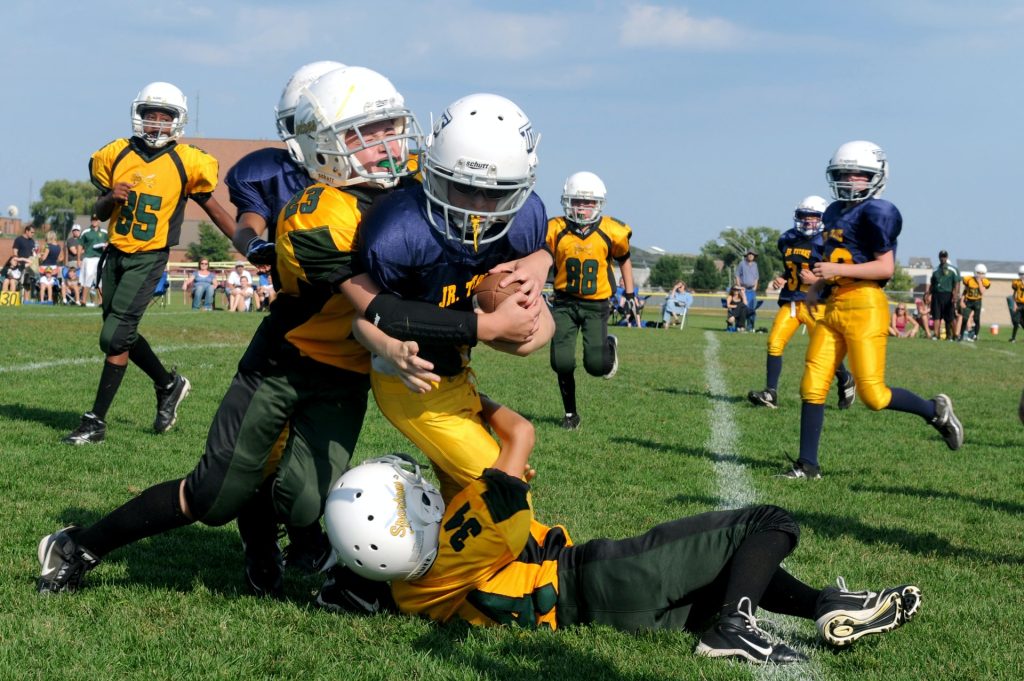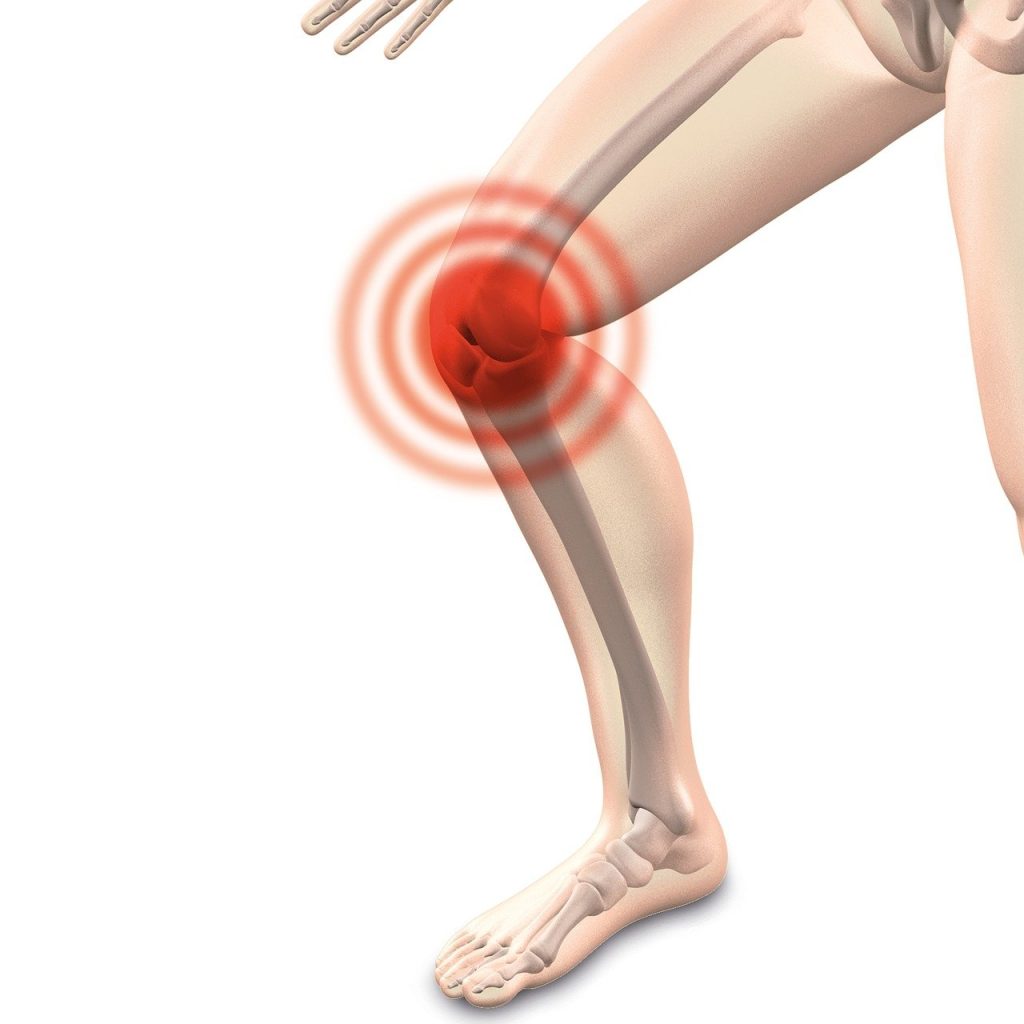Knee Instability: Symptoms, Causes, and Treatment
The knee is a large and complicated joint. It connects your femur to your shin and is stabilized by several ligaments. When our knees are healthy, we use them to stand, walk, run, jump, and sit. When we have knee joint issues, such as knee instability, they have a wide-ranging impact on our ability to do just about anything comfortably.
What is Knee Instability?
Knee instability is often felt as a sensation of your knee twisting side-to-side or giving out under your weight. You may feel a general weakness in the knee or notice locking and clicking as you move and bend. Your knee may be in constant pain, and you may be unable to straighten it.
The symptoms you experience often depend on the cause of your knee instability, and as a result, treatment will vary. You may heal with basic rest and at-home care, need physical therapy, or require surgery.
What Causes Knee Instability?

Knee instability can be caused by damage to the supporting ligaments of the knee, osteoarthritis, or a mechanical issue. It may occur after an injury or for no reason at all.
Women, because of their wider-set hips, are more likely than men to experience knee joint instability. Being overweight also increases your risk of instability, due to the additional pressure on the knee.
This issue most often affects people in their teens and 20s who are active in sports.
Knee Ligament Injuries
Four major ligaments stabilize the knee joint:
- The anterior cruciate ligament (ACL) — ACL injuries are common in athletes as a result of planting the foot and pivoting quickly. Mild tears can heal on their own, but serious ACL injuries require surgery.
- The medial collateral ligament (MCL) — MCL injuries often occur as a result of an impact and result in inside knee pain. Injuries to this ligament are less likely to require surgery.
- The lateral collateral ligament (LCL) — Like MCL injuries, LCL injuries often occur as a result of impact. LCL injuries cause outside knee pain and are less likely to require surgery.
- The posterior cruciate ligament (PCL) — PCL injuries are sometimes referred to as “dashboard injuries” because they often happen from direct blows to the front of the knee — which often occur in car accidents.
Impact, twisting, jumping, or stopping suddenly can damage any of these ligaments. This causes the knee to buckle or be forced suddenly into an awkward position, which can result in a partial ligament tear or a complete rupture.
A partial tear might be treatable without surgery, but complete ruptures likely require knee instability surgery. See your orthopedic knee specialist to determine the severity of the injury and the proper treatment.
Knee Osteoarthritis

When older adults experience knee joint instability, it is usually due to osteoarthritis. Knee osteoarthritis is a degenerative condition in which the protective cartilage in the knee begins to wear down.
In cases of knee osteoarthritis, you’ll experience symptoms of pain, swelling, and reduced mobility. An orthopedic knee specialist can help you treat the pain of osteoarthritis and monitor the degradation that can sometimes lead to a total knee replacement.
Patellar Instability
Patellar instability results when the patella (kneecap) gets pushed out of place. When the kneecap is partially pushed out of place, it is called a subluxation. When it is completely out of the groove, it is called a patellar dislocation.
Patellar instability can be caused by an injury or a deformity of the knee. Depending on the cause, an orthopedic knee specialist may apply pressure to the kneecap to maneuver it back into position. You’ll likely also require knee exercises for patellar instability, a knee instability brace for support, and physical therapy to regain muscular strength.
When to See a Doctor for Knee Joint Instability
See an orthopedic knee specialist if:
- Symptoms last more than 72 hours
- You feel a popping, locking, catching, or clicking as you move or bend your knee
- You experience frequent pain in the area
- You are unable to straighten your knee
Non-Surgical Treatment for Knee Instability
Treatment depends on the type and severity of the issue.
The RICE technique can be helpful for knee joint instability treatment at home. RICE stands for rest, ice, compression, and elevation:
- Rest — Allow your knee plenty of rest to support healing and reduce swelling.
- Ice — Use an ice pack wrapped in cloth to help ease pain and inflammation. Ice the injured area two to three times a day for 10 to 20 minutes each time.
- Compression — Reduce swelling by wrapping the injured with an elastic bandage. The wrap should not be so tight as to cause tingling, pain, or swelling around the bandaged area.
- Elevation — While icing and any time you are sitting, prop the injured area up on soft pillows. Elevating the injury above your heart will help alleviate swelling.
Wear a knee instability brace for extra support and work with a physical therapist to regain muscular strength and mobility. Talk to your orthopedist about non-steroidal anti-inflammatory medications like aspirin and ibuprofen.
Injections of corticosteroids to reduce inflammation or Hyaluronic Acid to lubricate the joint may also be helpful.
If you’ve had an issue of knee joint instability in the past, you’re more likely to experience issues again. Try to prevent and avoid further injury with simple stretches and regular knee instability exercises. However, be aware that overusing the stressing the joint can exacerbate the issue.
Knee Instability Surgery
If your orthopedic knee specialist determines knee instability surgery is necessary for your issue, it may involve the ligament, bone, or both.
A typical timeline for recovery is 6 to 10 weeks on crutches with full recovery taking 3 to 6 months.
If you are experiencing knee pain and you’d like to speak to a knee specialist, please contact us. We will be happy to answer your questions.
3 Comments
Permalink
Thanks For Sharing Information about knee pain and its causes.”If you’re experiencing knee pain, it’s important to consult with a healthcare professional to determine the underlying cause. Depending on the diagnosis, there are a variety of treatment options that can help alleviate pain and improve function. Physical therapy and exercises that target the muscles that support the knee, such as the quadriceps and hamstrings, may be beneficial. In some cases, over-the-counter or prescription medications may also be recommended. Additionally, it’s important to maintain a healthy weight and practice good posture to reduce stress on the knee. Remember to always consult with a healthcare professional before starting any new treatment.”
My Premier Pain
Visit Our Website:https://www.mypremierpain.com/
Permalink
I am a special case.
I had knee replacement in April 2020.
During physical theropy my patella popped out. My surgeon had never seen this so he sent me to a revision specialist. I now have had it revised twice and it has failed again. I am desperate to consult to see what if anything can help me. I’ve now had 3 years of basically being handicapped. Please can I come in for a consultation.
Permalink
I really like your article on knee pain and the way you explain each one is very good.